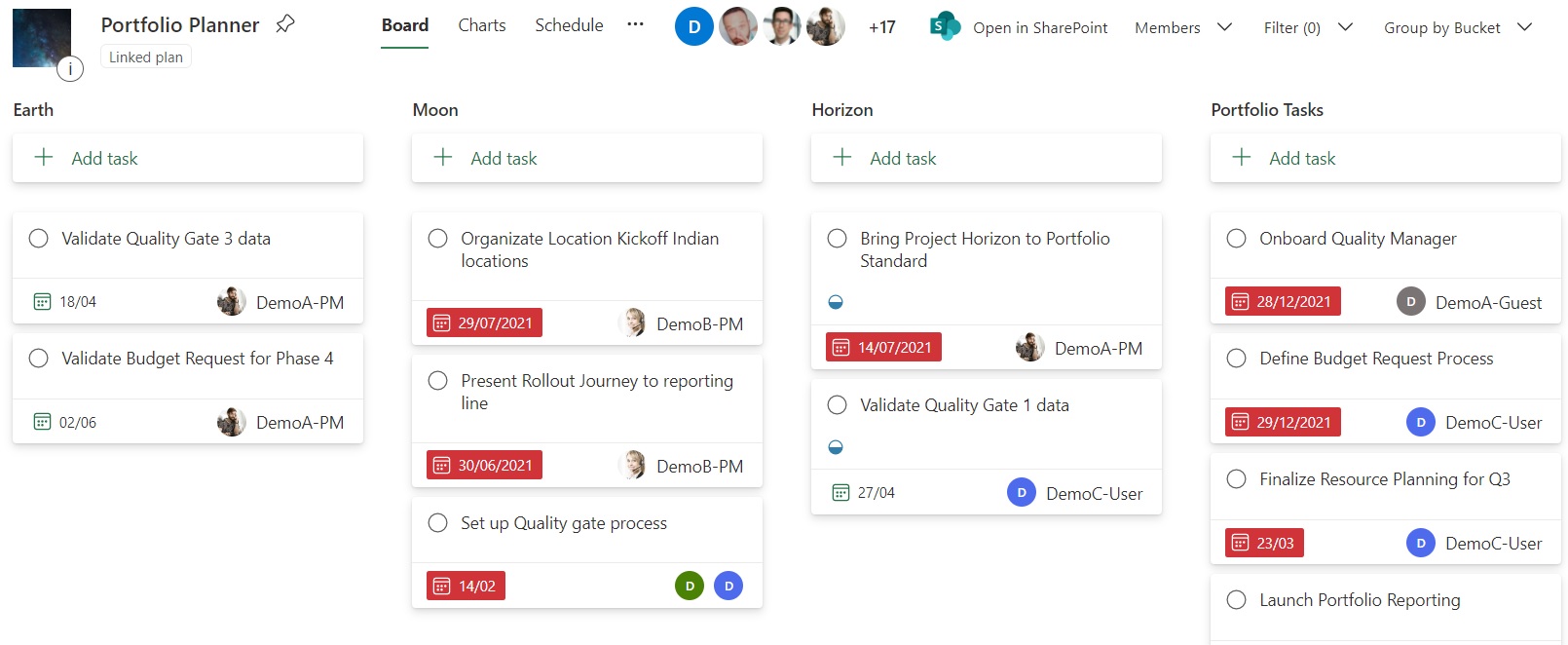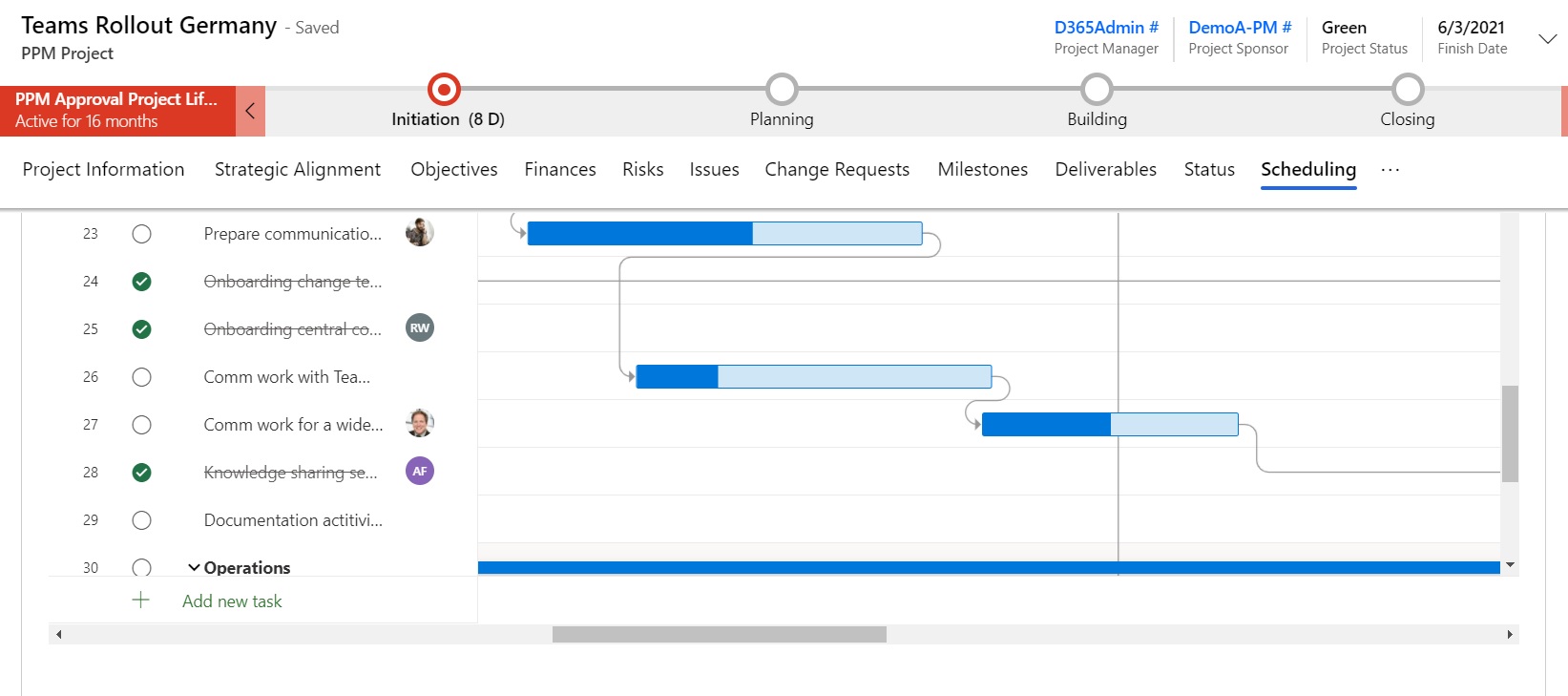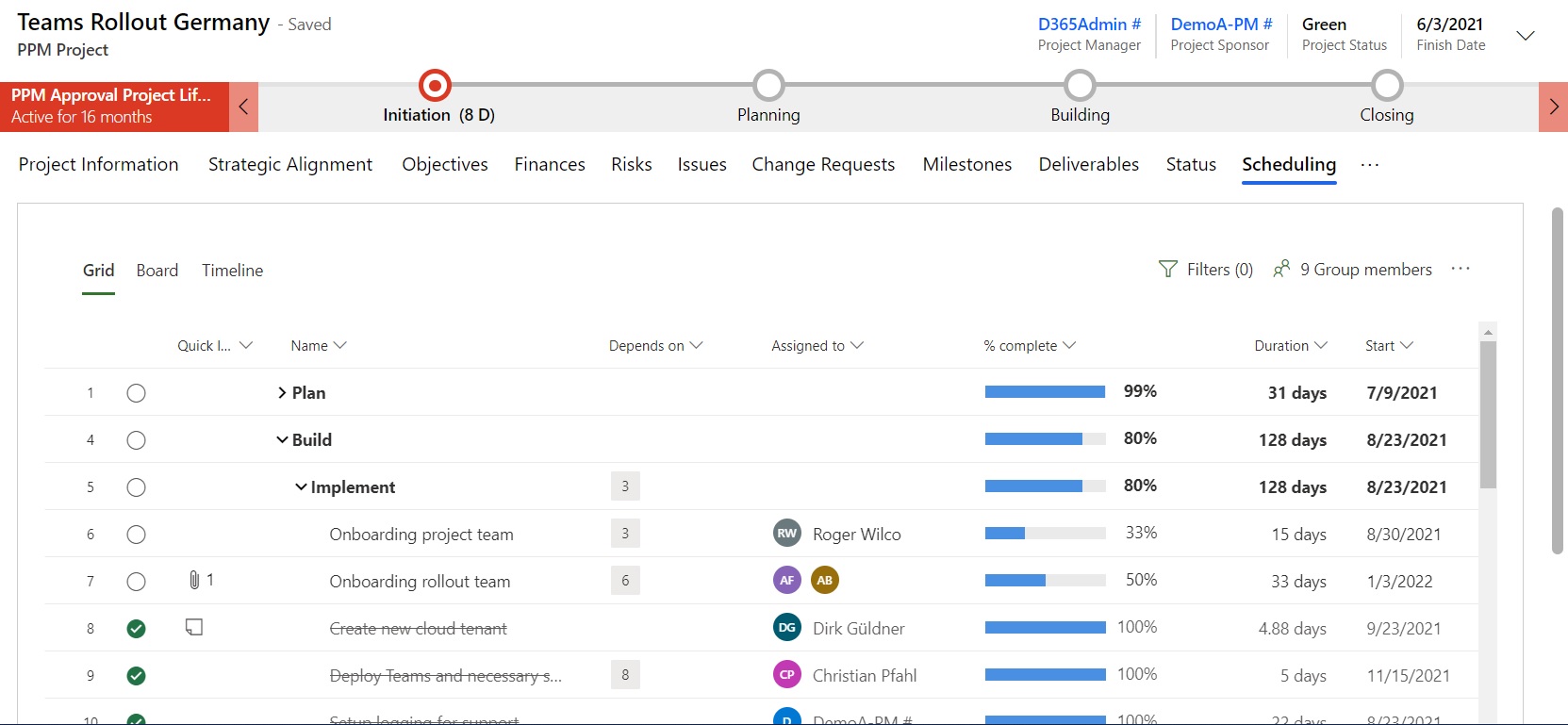Starting a project from scratch or enhancing the structure of an ongoing project can be quite challenging due to complexity. The issue of complexity often arises in projects when different people and departments with diverse knowledge, tasks and goals interact with various technologies. Working in a diverse environment seems like a puzzle game that needs to be organizationally and technologically orchestrated into a successful project.
The ability of project members to communicate in an informative and purposeful manner can widely vary due to diverse goals, areas of tasks and responsibilities, resulting in communication difficulties. Bringing these contrasting views and communication difficulties into a fully neat puzzle requires shared knowledge of the big picture.
In recent years, particularly two easy and simply structured project management tools are widely used that are cutting-edge in the world of Microsoft 365: Microsoft Planner, as well as Project for the Web (PftW). Both tools can be utilized in combination, complementarily or even separately. Campana & Schott has already advised, sustained and improved numerous projects successfully, using tools such as Planner and Project for the Web. Especially when it comes to Central and efficient management of global large projects, Project for the Web is highly recommended as we have demonstrated in the case study with our client Schindler.
From our experience we have been able to bring the puzzle into a full picture, where we identified top 5 reasons to use Planner and Project for the Web: 1 - easy task management, 2 - customizability, 3 - time related visualization, 4 - shared knowledge and 5 - workstream transparency.
A clear advantage of action items lies in their clarity and simplicity, where tasks can be created intuitively. The simple structured interface, supported by both Planner and Project for the Web, makes it easy to define directly tasks in customizable and moveable action items - with the look and feel of cards. These action item cards can be delegated to specific members of a project in defining the title, creating checklists, making notes, and setting the due date.
Planner and Project for the Web provide users with a way to coordinate or group action items cards, based on a Kanban style of customizable buckets. These buckets function as a broader topic that captures a subset of actions items. It is also possible to prioritize and to define the stage of progress, so that each project member is well informed about the degree of urgency and stage of their tasks. On top of this Kanban view approach, Project for the Web also allows to display the tasks in a Gantt chart view. Furthermore, the usage of PftW not only increased transparency in time management, but also elevates accessibility for everyone regardless of tool knowledge.
The time-related visualization enhances the communication between the workstreams and broader project priorities to understand the state of certain tasks and its degree of urgency. If an action item is overdue, the responsible project members can be informed automatically via Outlook or Teams, since Planner and Project for the Web are part of the Microsoft O365 environment.
Planner as well as PftW are easy to use, customizable and allow shared knowledge. While Planner cannot capture the complexity and dependencies between workstreams, Project for the Web is able to map these dependencies between workstreams in simplicity. Planner as well as PftW projects can even be created, edited and accessed via other Microsoft platforms like Microsoft Teams.
In the past, each workstream was working towards their own goals with no transparency and without taking other related or dependent workstreams into consideration. But with Project for the Web, a shared knowledge between the workstreams on dependencies and the overall project stage is possible. Its integrated functionality called Roadmap enables workstreams within large projects to visualize timelines for tasks that are dependent or related to each other.
Conclusion
A key factor for successful collaboration with technological tools is accessibility, transparency and shared knowledge during the entire project process. Altogether, both Planner and Project for the Web are suitable for realizing complex projects in a transparent, well-organized, structured and goal-oriented manner. It’s a small step from Planner to PftW for the user, but it brings your project management to the next level, especially when integrating Project for the Web with the CS PPM Power Suite. In this way, the project puzzle can be (re)solved in an organizational and technological inspired picture.




